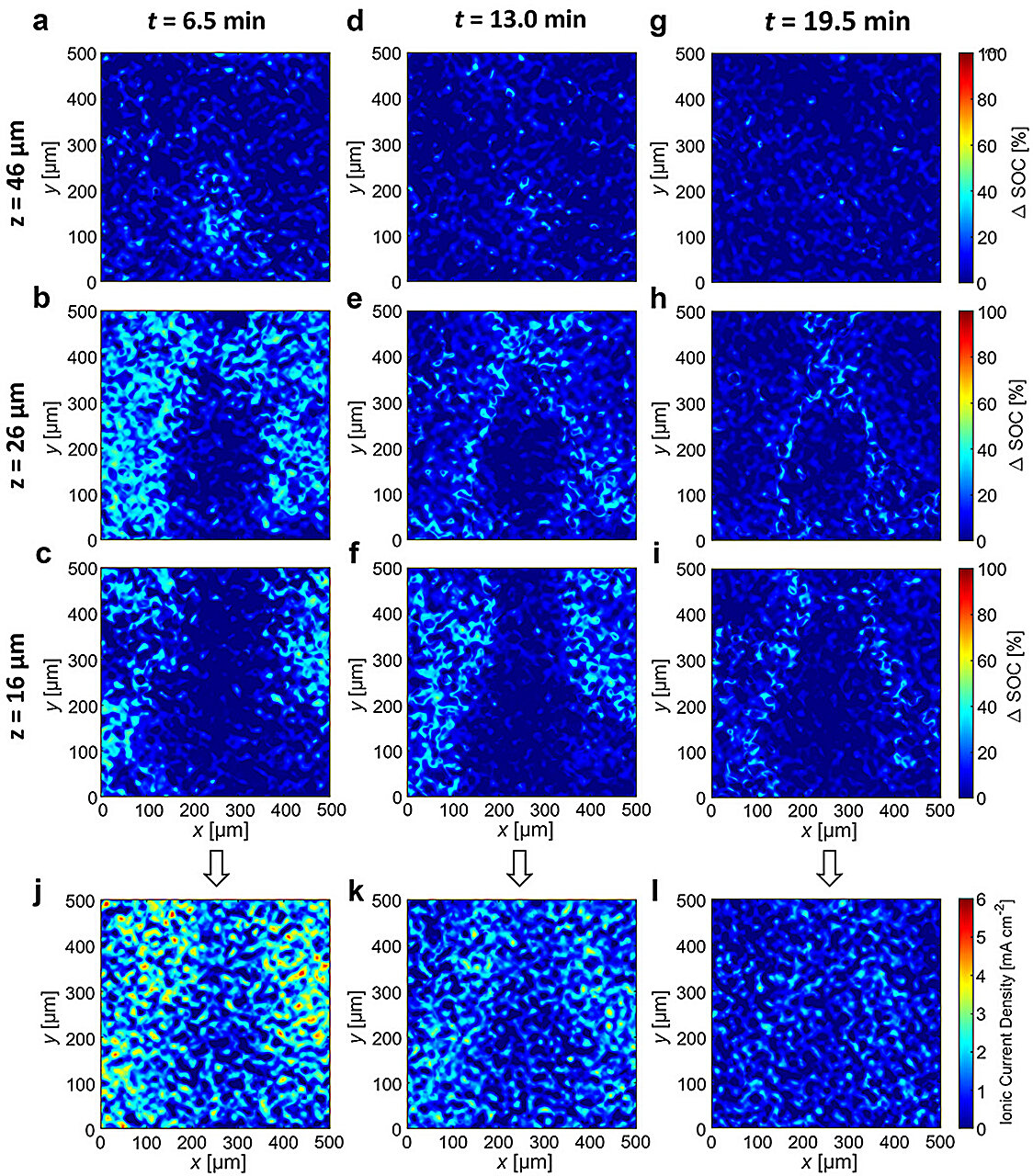
How likely would an electric vehicle battery self-combust and explode? The chances of that happening are actually pretty slim: Some analysts say that gasoline vehicles are nearly 30 times more likely to catch fire than electric vehicles...
Read More

How likely would an electric vehicle battery self-combust and explode? The chances of that happening are actually pretty slim: Some analysts say that gasoline vehicles are nearly 30 times more likely to catch fire than electric vehicles...
Read More
New electrolytes made from liquefied gas enable lithium batteries and electrochemical capacitors to run at extremely cold temperatures. Credit: David Baillot/UC San Diego Jacobs School of Engineering Enginee
UCSD engineers have developed a breakthrough in electrolyte chemistry that enables lithium batteries to run at temperatures as low as -60C with excellent performance—in comparison, today’s lithium-ion batteries stop working at -20 degrees Celsius. The new electrolytes also enable electrochemical capacitors to run as low as -80C—their current low temperature limit is -40 degrees Celsius. While the technology enables extreme low temperature operation, high performance at room temperature is still maintained...
Read More
Recent Comments